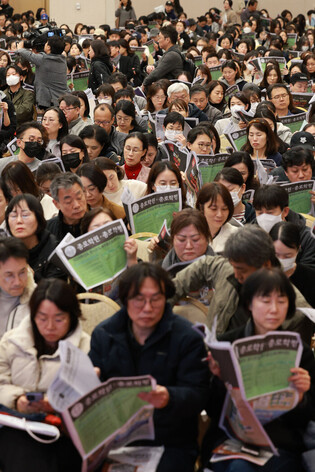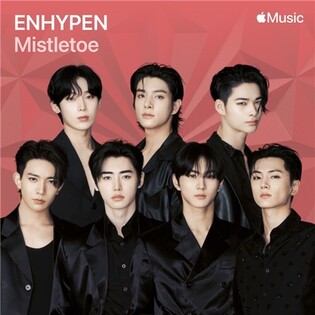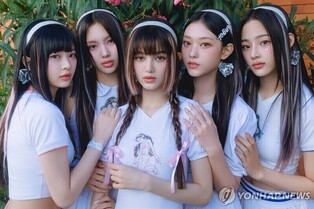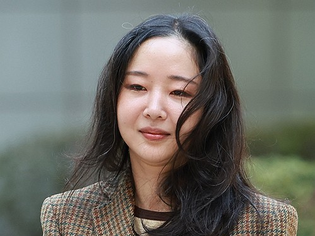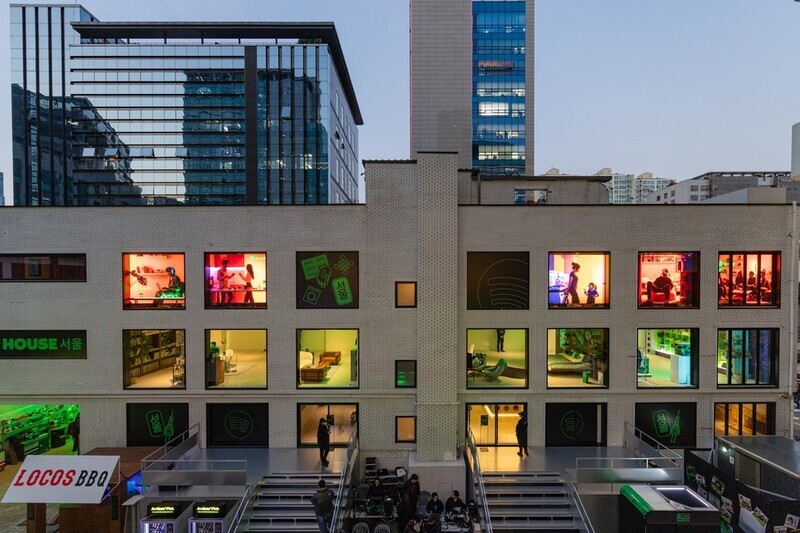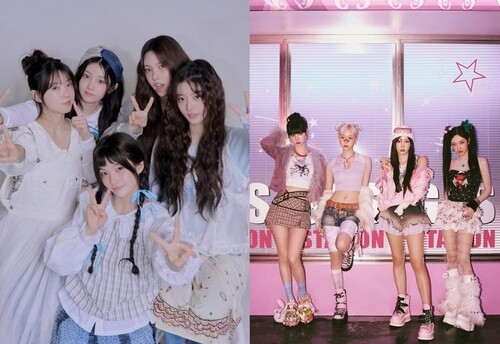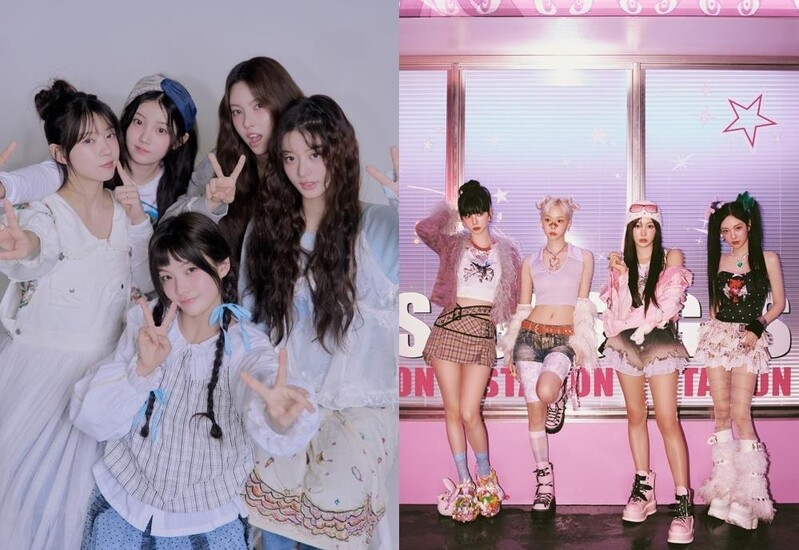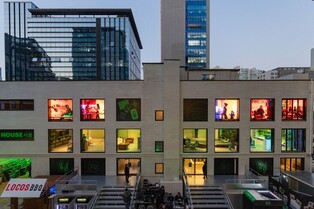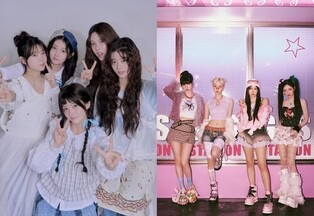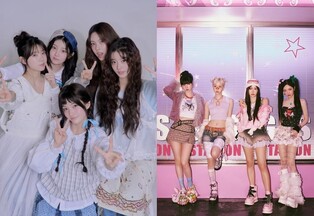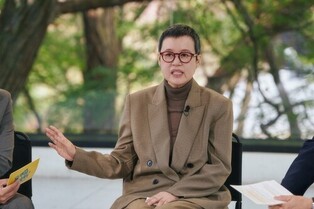 |
| ▲ The “Siwangdo” painting returned by the Metropolitan Museum of Art in the United States is displayed during a press event announcing its repatriation, held at the KGIT Center in Seoul’s Mapo District on Nov. 14, 2025. (PHOTO NOT FOR SALE) (Yonhap) |
SEOUL,
Nov. 14 (Yonhap) --
The Metropolitan Museum of Art in New York (the Met) announced Friday that it will return a Joseon-era painting from the “Siwangdo” (“Ten Kings of Hell”) series to Sinheung Temple.
Max Hollein, director of the Met, said during a press briefing held at the KGIT Center in Seoul’s Mapo District that the museum was “honored to work with the Sokcho Committee for Cultural Heritage Restitution and Sinheung Temple to return this important artwork,” adding that the museum will “continue joint efforts going forward.”
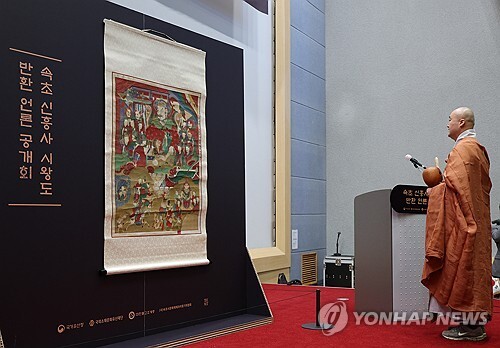 |
| ▲ The “Siwangdo” painting returned by the Metropolitan Museum of Art in the United States is displayed during a press event announcing its repatriation, held at the KGIT Center in Seoul’s Mapo District on Nov. 14, 2025. (PHOTO NOT FOR SALE) (Yonhap) |
The Siwangdo series depicts the 10 kings who judge the dead in the afterlife, reflecting Buddhist beliefs about the world beyond death.
The painting returned this time is believed to have been created in 1798. It is one of the 10 works that comprise the Siwangdo series and corresponds to the “Je10 Odocheonryun Daewangdo,” portraying the final king encountered during judgment in the underworld.
According to Buddhist belief, individuals who have been dead for three years receive their final judgment from Odocheonryun Daewang, who determines their next rebirth.
The painting illustrates the king wearing a feathered helmet and presiding over judgment with a brush in hand, depicted with delicate lines and rich colors.
Kim Mi-kyung, an appraisal committee member at the Cultural Heritage Administration and an expert in Buddhist art, said the piece represents “the climax of the 10-panel series,” noting the significance of the section where “the path of reincarnation unfolds.”
The work, measuring 91.4 cm by 116.8 cm, is believed to have originally been housed in Sinheung Temple’s Myeongbujeon. Records from the 1942 property survey conducted by the Japanese Governor-General of Korea indicate that the Siwangdo series was present at the temple, and photographs taken by U.S. military officers in 1953–54 also show the painting.
Lee Sang-rae, head of the Sokcho Committee for Cultural Heritage Restitution, said the painting appears to have been taken to the U.S. around 1954, shortly after the Korean War, when the region was under U.S. military administration.
The Met reportedly acquired the painting in 2007. After identifying it on the museum’s website, the committee and Sinheung Temple carried out a detailed investigation confirming its provenance and began discussions for its return in 2023.
This marks the second repatriation of Sinheung Temple’s Siwangdo works, following the return of six panels from the Los Angeles County Museum of Art (LACMA) in 2020. Seven of the 10 works have now been recovered.
Lee said the LACMA and Met panels were taken to the U.S. at slightly different times, and added that “various materials were prepared to prove that the works originated from Sinheung Temple and to clarify the timing of their removal.” He also noted that efforts will continue to locate the remaining three panels.
The six returned earlier are currently kept in storage at Sinheung Temple, and the newly returned panel will also be moved there, with plans for future public display under review.
(C) Yonhap News Agency. All Rights Reserved

















